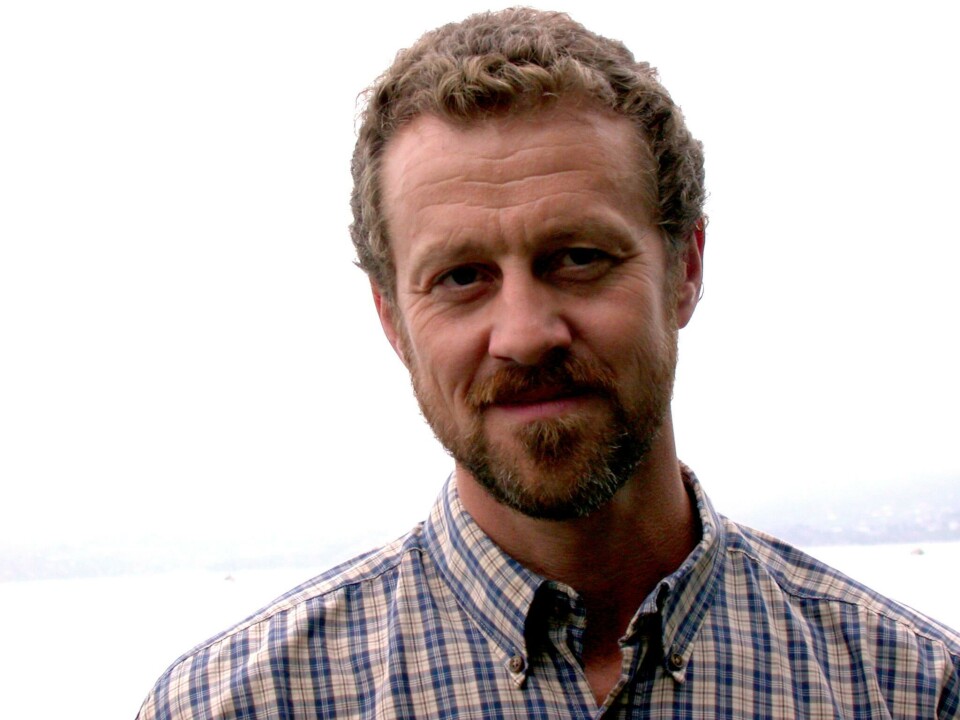
Wrasse risks highlighted
An eminent Norwegian researcher has warned both of the impact that the aquaculture industry is having on wild wrasse stocks and the potential health impact that the movement of wild wrasse from different areas could have on local marine ecology.
“We know that fishing wrasse has a direct effect on stocks, and we have focused a lot on that, although we do not yet have much data,” Stein Mortensen, from Bergen’s Institute of Marine Research, told kyst.no.
Equally, Mortensen points out that it’s difficult to effectively monitor what captured wrasse may be bringing into the salmon cages and their surrounds.
“It is difficult to pick up on any infection in wild stocks. There are a high number of individuals out there, and the sick and dead fish naturally disappear fast, making sampling difficult,” he adds.
He also believes that the transport of wrasse from other areas means that harmful algae, plankton and the larvae of various marine organisms, parasites and diseases can accompany shipments of fish.
“Large numbers of wrasse are being caught in Sweden and southern Norway before moving northwards, without any control on health status,” he explains.
This is in stark contrast to the salmon industry, he observes, which has stringent movement restrictions in place.
“It is important to that both business and government are aware of the risks of infection and undertake health surveillance,” he argues, “as marine researchers currently only have limited resources to devote to wrasse diseases.”






















































